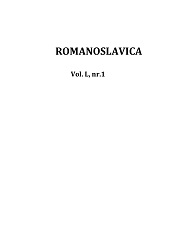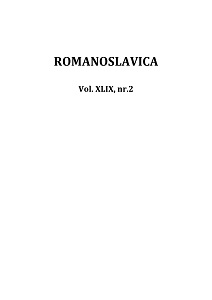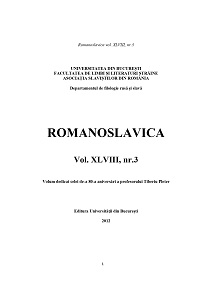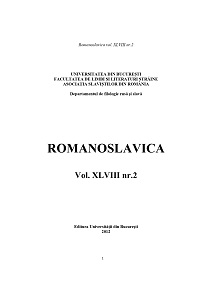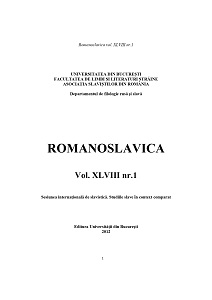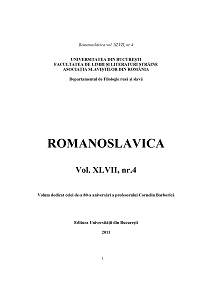
„ZAANEKTOWANY” SYSTEM CERTYFIKACJI ZNAJOMOŚCI JĘZYKA POLSKIEGO JAKO OBCEGO – STAN OBECNY
Certification of the command of Polish as a foreign language is a phenomenon with an international reach and groundbreaking significance for the promotion and enhancement of the prestige of the Polish language across the world. The certification system for the Polish language was created in 2004 and, in the face of new challenges, reformed in 2015. At present, it is the primary instrument of the migration policy of Poland, which gives rise to difficulties in its functioning. This paper is an attempt at a comprehensive description of the phenomenon of state certification examinations. It discusses the scientific and legal grounds for the examinations, amendments introduced over years to the legislation regulating certification and their consequences, as well as describes and diagnoses the existing situation concerned with certification of the command of Polish.
More...

